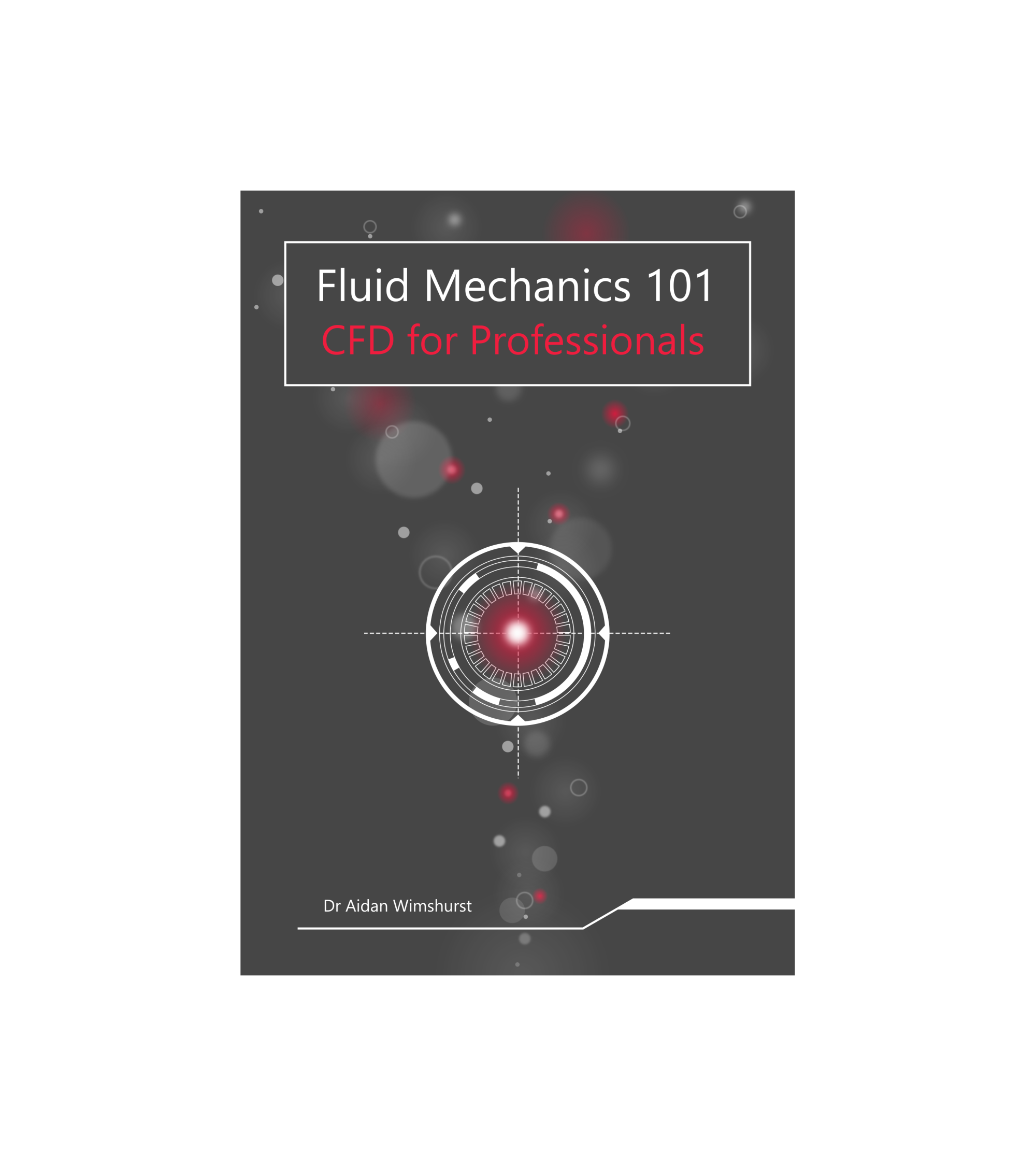
Fundamentals 1
£29.99
- Diffusion
- Convection Diffusion
- Upwinding

Fundamentals 2
£29.99
- Boundary Conditions
- 2D Diffusion
- Wall Functions

Fundamentals 3
£29.99
- Unstructured Meshes
- Mesh Construction
- Mesh Quality

£29.99

£29.99

£29.99
Our flagship courses show you how CFD codes really work. With simple examples that are developed from first principles, the courses allow you to see the matrices as they are assembled and solved using the finite volume method. A must-have for any CFD engineer.
Fundamentals 1 starts by solving the convection and diffusion of heat in a 1D channel. This example is extended in Fundamentals 2 and 3 to look at 2D flows, unstructured meshes and wall functions. While these courses don't teach you how to use ANSYS Fluent, OpenFOAM or Star CCM, they will help you understand how modern CFD codes actually work behind the scenes.
Frequently Asked Questions (FAQs)
The courses are delivered using a comprehensive PDF textbook and video lectures. The textbook guides you through the theory of the finite volume method and CFD, with worked examples provided along the way. The worked examples help enhance your understanding of the equations and enable you to play around with the variables for yourself.
For all the examples, Microsoft Excel spreadsheets and Python source code is provided, so you can interrogate all of the matrices and formulae for yourself. You will be looking behind the scenes at how CFD codes actually work!
The content is delivered from first principles and the only required pre-requsites are basic differential equations, matrices and vector calculus. Hence, the courses are perfect for university/college level science, engineering, physics and mathematics students. No prior knowledge of CFD or specific CFD codes is required.
No. The courses are delivered using Python and Microsoft Excel Only. Hence, you do not need any specific CFD code to complete the course. You can complete the course with either Python or Microsoft Excel.
The courses do not address troubleshooting / debugging issues with specific CFD codes. The course provides a general background for the finite volume method and how CFD codes work. If you have a specific problem with your CFD code you should contact the code vendor (ANSYS, OpenFOAM, Siemens etc.) and ask for their help. This course cannot troubleshoot why your CFD simulation has diverged!
Not sure if the courses are right for you? Get a free trial version of Fundamentals 1.
 Download Free Trial
Download Free Trial

Frequently Asked Questions (FAQs)
CFD for Professionals is delivered using a comprehensive PDF textbook and video lectures. The textbook is divided into 2 Chapters:
Chapter 1 shows you how to demontrate the accuracy of your calculations. You will learn how to carry out a mesh refinement study correctly using Richardson Extrapolation, which is a technique recommended by the Journal of Fluids Engineering. Chapter 1 also shows you how to choose the right RANS turbulence model and find good sources of experimental data for validation.
Chapter 2 covers the most popular methods of presenting data: contour plots, line plots and tables. You will learn simple techniques that can significantly improve the clarity of your data including: how to choose the right colour map on your contour plots and how to use zoom boxes for increased resolution.
Worked examples are provided throughout the course, so that you can learn the techniques as soon as they are presented. Microsoft Excel spreadsheets and Python source code are also provided for Richardson Extrapolation, which you can take away and apply to your own studies!
Fundamentals teaches you how CFD codes work from first principles, using the finite volume method. If you are interested in how CFD codes actually work behind the scenes, then these are the courses for you.
Professionals teaches you how to improve your existing CFD analyses, by using techniques like validation, mesh refinement and precise contour plots. If you are looking to improve your CFD analyses, then this is the course for you.
For Professionals you need to have access to a CFD code and be familiar with using it. It does not matter what CFD code you use in this course (Fluent, OpenFOAM, CFX, Star CCM, SU2, Saturne are all fine), as the lessons can be applied to any CFD code. However, you do need to be able to use a CFD code and extract results from it!
Overall, the level of mathematics in this course is low and will be suitable for any university/college level science, engineering, physics and mathematics students.
The specific mathematical techniques which are used in this course are: logarithms, exponentials and root finding algorithms (Bisection method, Newton-Raphson) etc. While it would be useful to understand and be able to implement root finding-algorithms yourself, Excel spreadsheets and Python source code are provided with the course. Hence, you do not need to be able to implement a root-finding algorithm yourself.
The courses do not address troubleshooting / debugging issues with specific CFD codes. If you have a specific problem with your CFD code you should contact the code vendor (ANSYS, OpenFOAM, Siemens etc.) and ask for their help. This course cannot troubleshoot why your CFD simulation has diverged!